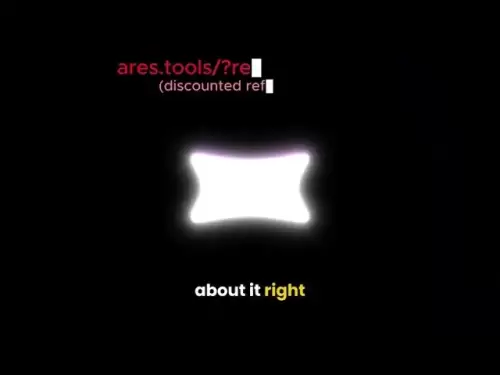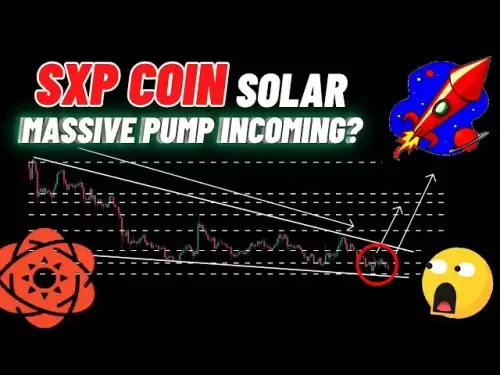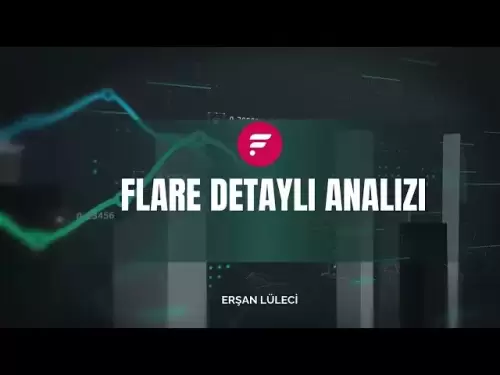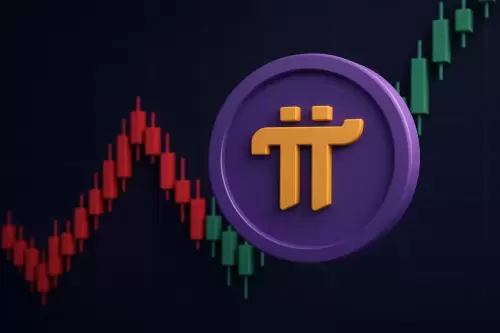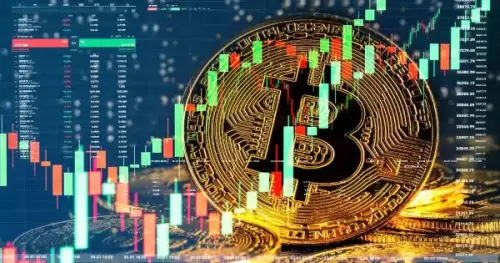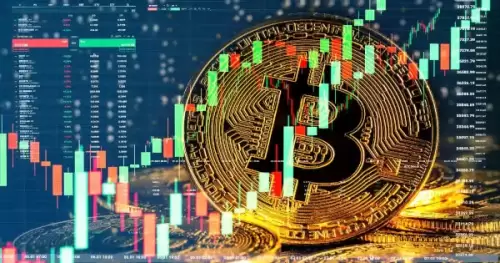 |
|
 |
|
 |
|
 |
|
 |
|
 |
|
 |
|
 |
|
 |
|
 |
|
 |
|
 |
|
 |
|
 |
|
 |
|
通过用低能中子的光束对古董硬币进行成像,由美国国家标准技术研究所(NIST)领导的研究小组展示了一种将百年币与假货区分开的方法。

A research team has devised a way to use beams of low-energy neutrons to distinguish antique coins from fakes.
一个研究团队设计了一种使用低能中子的光束将古董硬币与假货区分开的方法。
The US–Korean researchers say that the technique could help to authenticate artefacts and provide information about their corrosion state.
美国 - 库里人的研究人员说,该技术可以帮助对伪影进行身份验证并提供有关其腐蚀状态的信息。
Antique coins are valuable not only economically but also scientifically, as they can be used to chronicle the economic, political and scientific developments of nations.
古董硬币不仅在经济上而且在科学上都是有价值的,因为它们可以用来记录各国的经济,政治和科学发展。
However, scientists must be able to verify that the coins are authentic.
但是,科学家必须能够验证硬币是真实的。
To this end, the team used neutrons to examine two Korean coins — one minted in the 1800s, the other a replica.
为此,团队使用中子检查了两枚韩国硬币 - 一种在1800年代铸造,另一个是复制品。
Neutrons penetrate heavy metals, such as copper, iron and lead, and interact strongly with hydrogen-bearing compounds that form as a by-product of corrosion. This makes them ideal for probing metallic artefacts.
中子穿透了重金属,例如铜,铁和铅,并与形成作为腐蚀副产品形成的含氢的化合物强烈相互作用。这使它们非常适合探测金属人工制品。
The location and pattern of corrosion within the two coins, both composed of copper alloys, provide hallmarks for verifying their age.
两枚硬币中腐蚀的位置和模式,均由铜合金组成,为验证其年龄提供了标志。
The team employed two complementary imaging techniques. One of the methods, known as neutron tomography, uses a beam of neutrons to take a series of two-dimensional images of an object from different perspectives as the object rotates; these two-dimensional snapshots are then combined to reveal the three-dimensional structure of the coins. The other method, known as neutron grating interferometry, records neutrons scattered at small angles and homes in on microstructures, such as pitting and pores within the coins, that are signs of corrosion.
该团队采用了两种互补的成像技术。其中一种被称为中子断层扫描的方法使用中子束从不同角度拍摄对象的一系列二维图像,因为物体旋转。然后将这些二维快照组合在一起,以揭示硬币的三维结构。另一种被称为中子光栅干涉法的方法记录了中子以小角度和房屋散布在微观结构上的中子,例如硬币内的斑点和孔,这是腐蚀的迹象。
Neutron tomography revealed that in the authentic coin, corrosion had penetrated deep within the body, indicating that the degradation was a gradual process that occurred over many decades. In contrast, corrosion in the recently minted replica was mainly confined to the surface, consistent with rapid corrosion over a short time period.
中子断层扫描显示,在真实的硬币中,腐蚀渗透到体内深处,表明降解是数十年来发生的渐进过程。相反,最近铸造的复制品中的腐蚀主要局限于表面,这与短时间内的快速腐蚀一致。
The team also used neutron grating interferometry to examine the size of pores within the coins, which provided another method to distinguish between the historic coin and the fake. Pores are created when coins buried in soil or exposed to moisture chemically interact with their environment. The interaction causes metallic compounds to leach out of the coins, leaving behind millimetre-sized holes.
该团队还使用中子光栅干涉法检查了硬币内的毛孔大小,这提供了另一种区分历史硬币和假货的方法。当硬币埋在土壤中或暴露于水分中时,会产生毛孔。这种相互作用导致金属化合物从硬币中浸出,留下毫米尺寸的孔。
As time goes on, however, compounds in the environment begin to penetrate the coins. These compounds, which includes corrosion by-products such as copper carbonates, sulfates and chlorides, pack together and fill the pores, diminishing their size. Indeed, the imaging revealed that the historic coin, which was exposed to its environment for a much longer period of time, had much smaller pores — only micrometres to nanometres in size — compared to the millimetre-sized pores in the replica.
但是,随着时间的流逝,环境中的化合物开始渗透硬币。这些化合物包括腐蚀副产品,例如铜碳酸盐,硫酸盐和氯化物,包装在一起并填充毛孔,从而减少它们的尺寸。确实,成像表明,与复制品中的毫米尺寸的毛孔相比,历史悠久的硬币在更长的时间内暴露在其环境中的毛孔较小得多,只有微米。
With their initial study now published in the journal Science Advances, the scientists plan to continue their work with a larger supply of Korean coins; it could also be applied to a broader range of metallic artefacts from a diversity of cultures. Neutron-imaging methods can also assist conservation efforts by determining the amount and locations of corrosion in authentic coins, suggesting areas that would benefit from a protective coating.
随着他们的最初研究现已发表在《科学进展》杂志上,科学家计划继续用更多的韩国硬币供应继续工作。它也可以应用于各种文化的更广泛的金属伪像。中子成像方法还可以通过确定真实硬币中腐蚀的数量和位置来帮助保护工作,这表明将受益于保护性涂层的区域。
免责声明:info@kdj.com
所提供的信息并非交易建议。根据本文提供的信息进行的任何投资,kdj.com不承担任何责任。加密货币具有高波动性,强烈建议您深入研究后,谨慎投资!
如您认为本网站上使用的内容侵犯了您的版权,请立即联系我们(info@kdj.com),我们将及时删除。
-

- PI硬币,钱包特征和二十个Coinbase:什么是嗡嗡声?
- 2025-07-26 18:01:37
- 探索Pi Coin中的最新发展,其钱包的潜在共插基式特征以及Coinbase的Shib运动的含义。
-

-

- 定罪,司法系统和谋杀:查看最近的案件和转变观点
- 2025-07-26 18:00:19
- 根据新的证据,法规和历史背景来探索信念的复杂性。从加密到犯罪,正义面临审查。
-

- Dogecoin轨迹:从模因到主流及以后的加密货币
- 2025-07-26 16:00:05
- 探索Dogecoin的旅程,目前在加密清算中的斗争,以及在不断发展的加密景观中进行未来牛的潜力。
-

-

- 长/短:像专业人士一样骑shiba inu波浪
- 2025-07-26 15:52:02
- 解码SHIB的价格行动:掌握什叶派INU市场中长期和短职位的艺术,以获得最大的利润。
-

-

- 蛋糕价格激增:pancakeswap的看涨势头分析了
- 2025-07-26 15:39:43
- 蛋糕的价格显示了看涨的势头,因为煎饼眼钥匙阻力水平。探索了技术分析和市场见解。
-

- AAVE价格检查:$ 50B TVL Party vs.看跌嗡嗡声
- 2025-07-26 15:39:08
- 艾夫(Aave)达到了TVL里程碑,但看跌信号却抛出了阴影。是时候买,出售还是放松了?



















